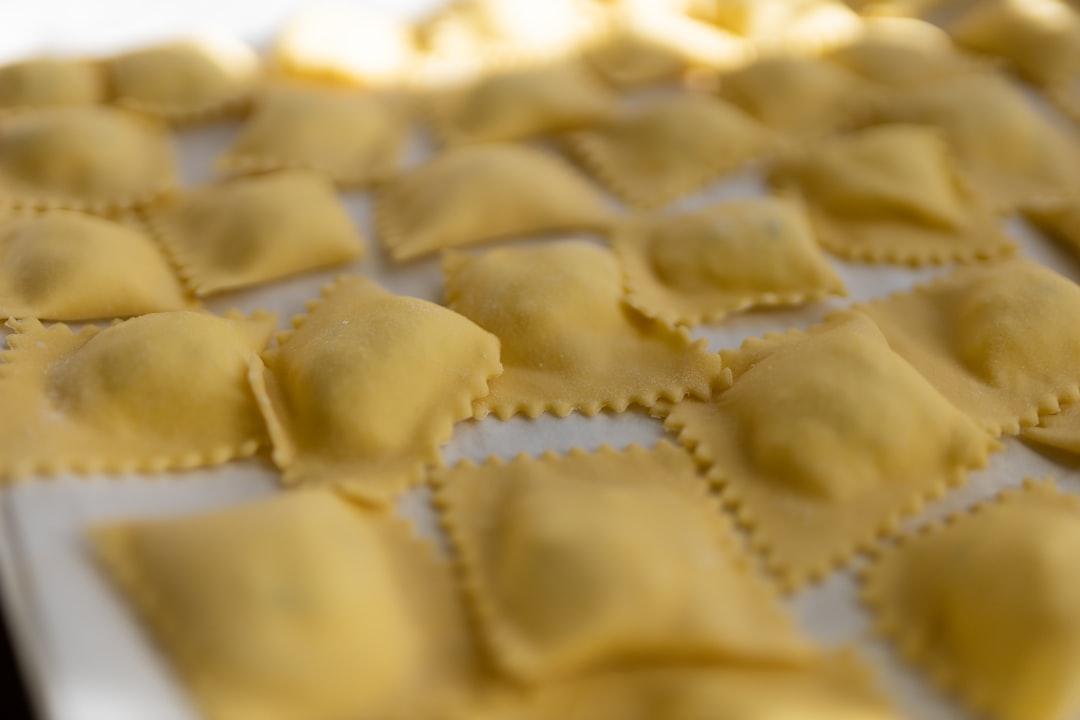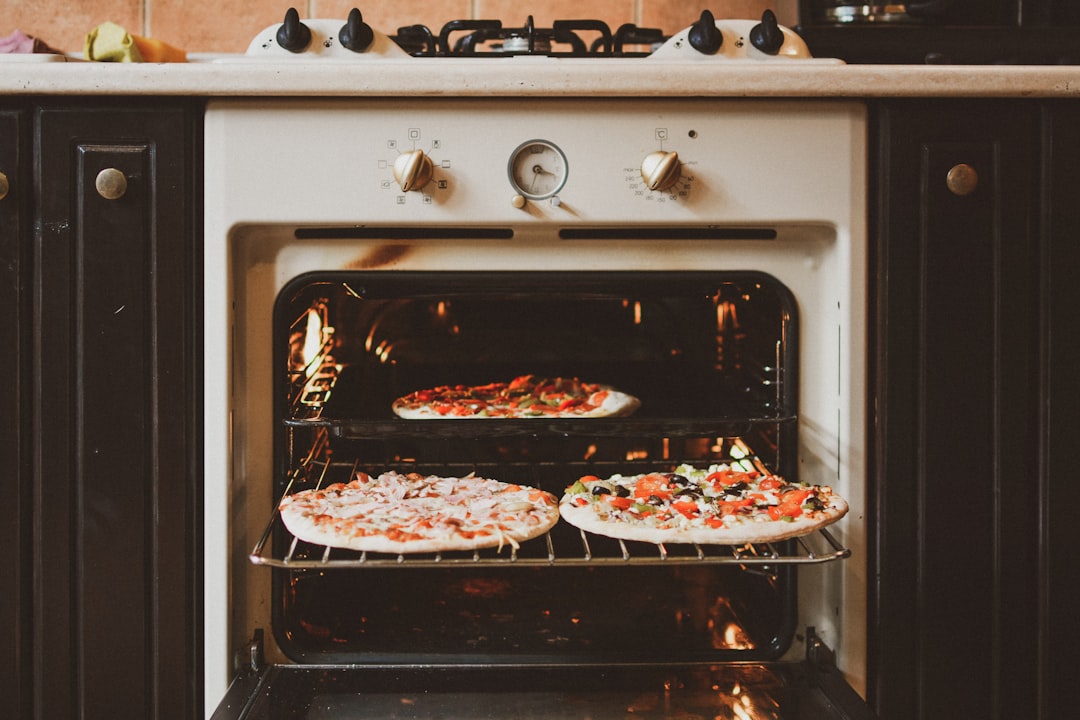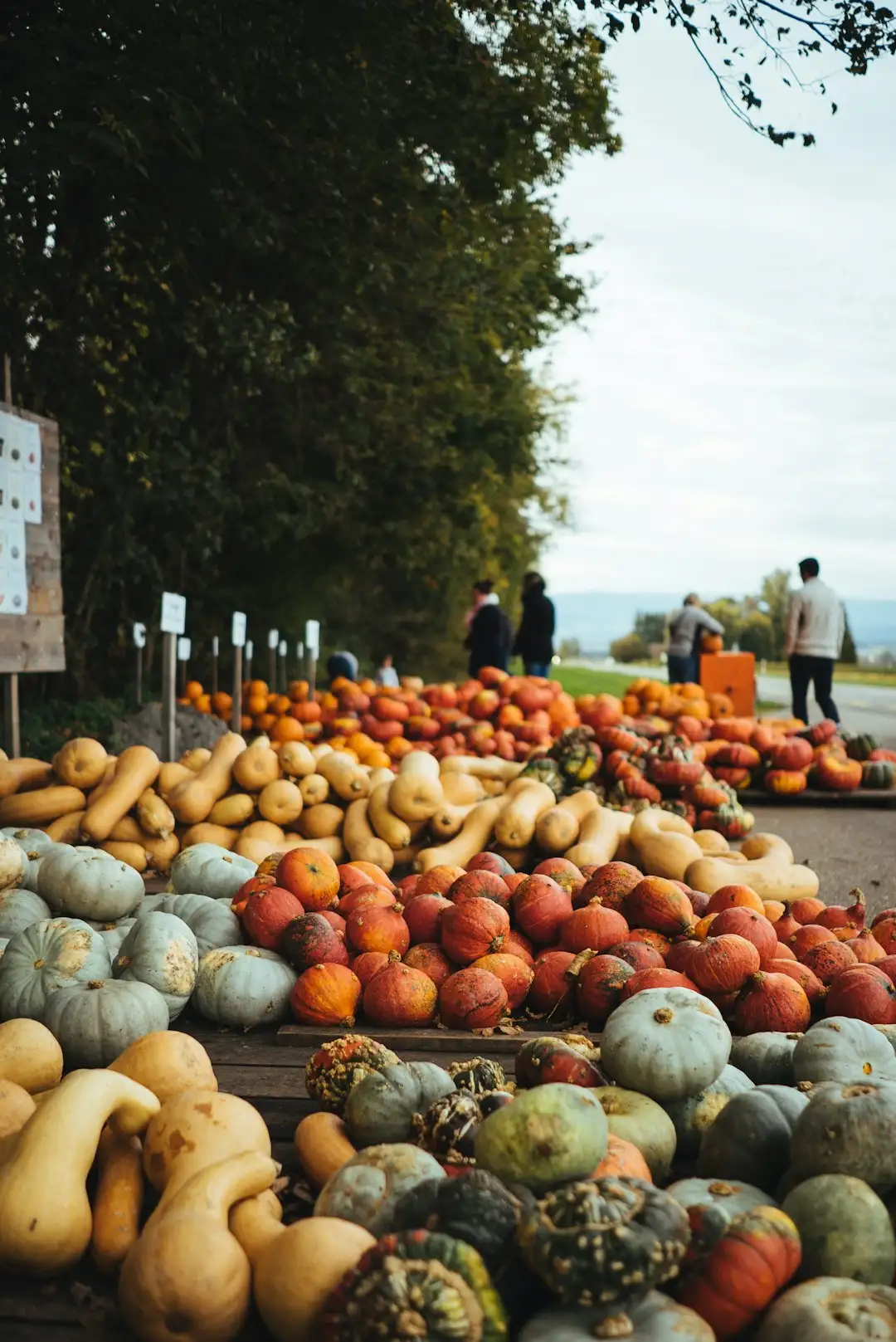When it comes to the world of cooking, there are numerous aspects that vary from one region to another. One such interesting difference lies in the spelling of the beloved Italian dish, lasagna. Apparently, America is the only English - speaking country that spells it lasagna.
Lasagna, a classic Italian pasta dish, has a rich history and a complex preparation process. It typically consists of layers of wide, flat pasta sheets, alternating with layers of sauce, cheese, and sometimes meat or vegetables. The origin of lasagna can be traced back to ancient Greece, where a similar dish was made. Over time, it evolved into the lasagna we know today in Italy.
In most English - speaking countries outside of America, the dish is often spelled lasagne. This difference in spelling is not just a matter of preference but is deeply rooted in the language and cultural influences. The Italian language uses the plural form lasagne for this dish, and many countries that have a closer connection to Italian language and culture tend to adopt this spelling. America, on the other hand, has developed its own unique way of spelling it, perhaps due to the simplification of language over time or the influence of American English's tendency to standardize spellings.
Now, let's delve into the basics of cooking lasagna. First and foremost, you need to gather the right ingredients. For the pasta, you can either buy pre - made lasagna noodles or make them from scratch. Making your own noodles can be a rewarding experience, as it allows you to control the texture and flavor. To make the noodles, you'll need flour, eggs, and a bit of salt. Combine the flour and salt in a large bowl, make a well in the center, and crack the eggs into it. Gradually mix the eggs with the flour until a dough forms. Knead the dough for about 10 - 15 minutes until it becomes smooth and elastic. Let the dough rest for at least 30 minutes before rolling it out into thin sheets.
Next, the sauce is a crucial component of lasagna. There are various types of sauces you can use, such as tomato sauce, béchamel sauce, or a combination of both. A classic tomato sauce can be made by sautéing onions, garlic, and bell peppers in olive oil until they are soft. Add canned tomatoes, tomato paste, and your choice of herbs like basil, oregano, and thyme. Simmer the sauce for at least 30 minutes to allow the flavors to meld together.
The cheese is another essential part of lasagna. Mozzarella is the most commonly used cheese, but you can also add ricotta, parmesan, or provolone for extra flavor. To assemble the lasagna, start by spreading a thin layer of sauce on the bottom of a baking dish. Place a layer of lasagna noodles on top of the sauce, followed by a layer of cheese and another layer of sauce. Repeat these layers until the dish is full, finishing with a generous layer of cheese on top.
Preheat your oven to 375°F (190°C). Cover the baking dish with foil and bake the lasagna for about 45 minutes. Then, remove the foil and bake for an additional 15 - 20 minutes until the cheese on top is golden brown and bubbly. Let the lasagna rest for 10 - 15 minutes before serving to allow it to set.
Lasagna is a versatile dish that can be customized according to your taste preferences. You can add different types of meat, such as ground beef, sausage, or chicken. Vegetarians can opt for vegetables like spinach, mushrooms, or zucchini. The possibilities are endless.
In conclusion, while the spelling difference between lasagna and lasagne may seem like a minor detail, it reflects the diverse nature of language and culture in the English - speaking world. And regardless of how you spell it, cooking a delicious lasagna is a skill that can bring joy to your family and friends. So, the next time you're in the kitchen, give this classic dish a try and experience the magic of lasagna for yourself.




















